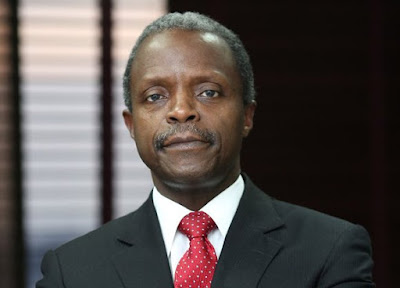
Fellow Citizens:
I have read the various
observations about the fuel pricing regime and the attendant issues generated.
All certainly have strong points.
The most important issue of
course is how to shield the poor from the worst effects of the policy. I will hopefully address that in another
note.
Permit me an explanation of the
policy. First, the real issue is not a
removal of subsidy. At $40 a barrel there isn't much of a subsidy to remove.
In any event, the President is
probably one of the most convinced pro-subsidy advocates.
What happened is as follows:
our local consumption of fuel is almost entirely imported. The NNPC exchanges
crude from its
joint venture share to provide about 50% of local fuel
consumption. The remaining 50% is imported by major and independent marketers.
These marketers up until three
months ago sourced their foreign exchange from the Central Bank of Nigeria at
the official rate. However, since late last year, independent marketers have
brought in little or no fuel because they have been unable to get foreign
exchange from the CBN. The CBN simply did not have enough. (In April, oil
earnings dipped to $550 million. The amount required for fuel importation alone
is about $225million!) .
Meanwhile, NNPC tried to cover
the 50% shortfall by dedicating more export crude for domestic consumption.
Besides the short term depletion of the Federation Account, which is where the
FG and States are paid from, and further cash-call debts pilling up, NNPC also
lacked the capacity to distribute 100% of local consumption around the country.
Previously, they were responsible for only about 50%. (Partly the reason for
the lingering scarcity).
We realised that we were left
with only one option. This was to allow independent marketers and any Nigerian
entity to source their own foreign exchange and import fuel. We expect that
foreign exchange will be sourced at an average of about N285 to the dollar,
(current interbank rate). They would then be restricted to selling at a price
between N135 and N145 per litre.
We expect that with
competition, more private refineries, and NNPC refineries working at full
capacity, prices will drop considerably. Our target is that by Q4 2018 we
should be producing 70% of our fuel needs locally. At the moment even if all
the refineries are working optimally they will produce just about 40% of our
domestic fuel needs.
You will notice that I have not
mentioned other details of the PPRA cost template. I wanted to focus on the
cost component largely responsible for the substantial rise, namely foreign exchange.
This is therefore not a subsidy removal issue but a foreign exchange problem,
in the face of dwindling earnings.
Thank you all.
VICE PRESIDENT YEMI OSINBAJO,
SAN
No comments:
Post a Comment
Disclaimer:
*Wapileno does NOT own any other blog/website apart from www.wapileno.com.
*Comments on this blog are NOT posted by Wapileno
*Wapileno readers are SOLELY responsible for the comments they post on wapileno.com
*Thank you.